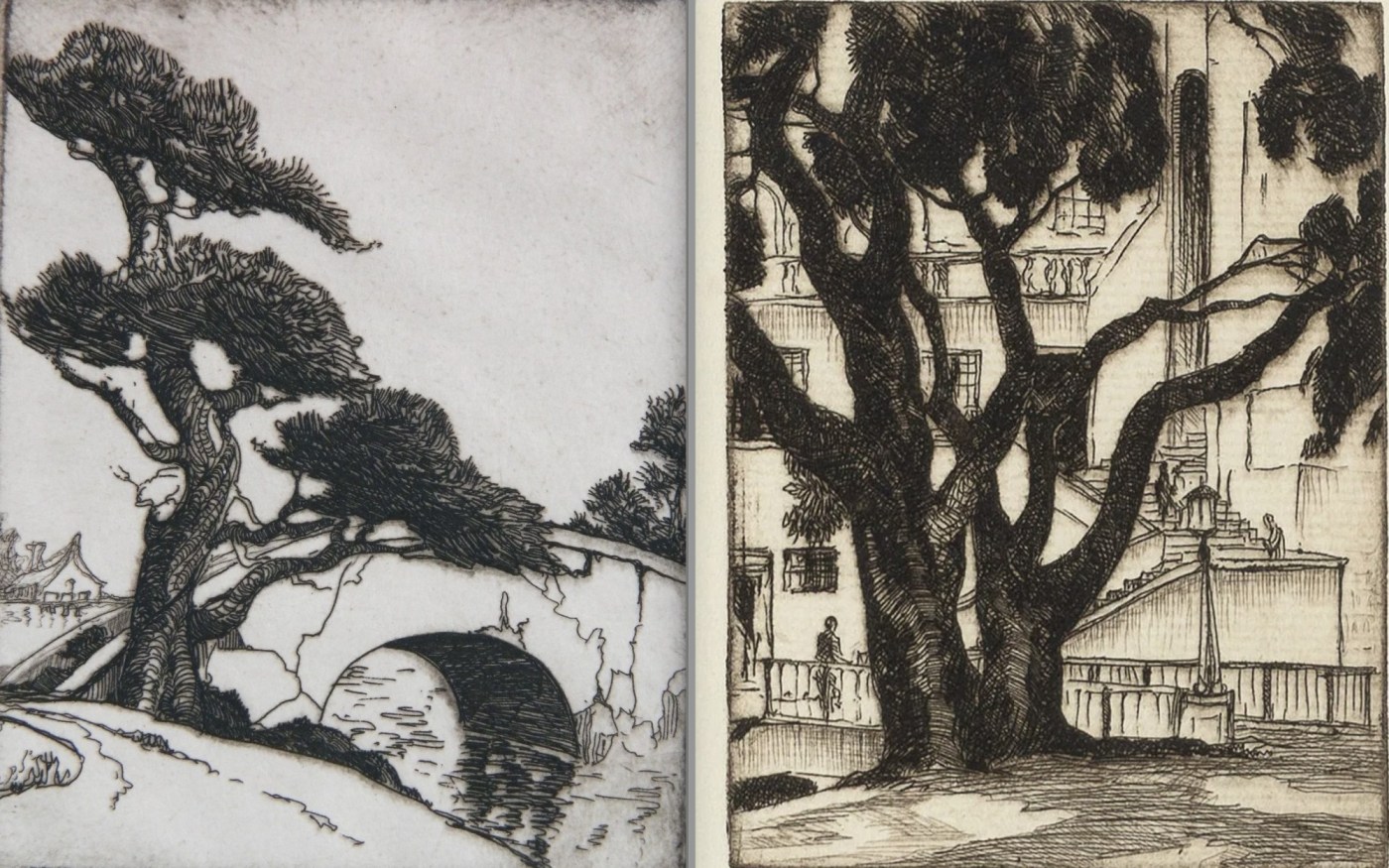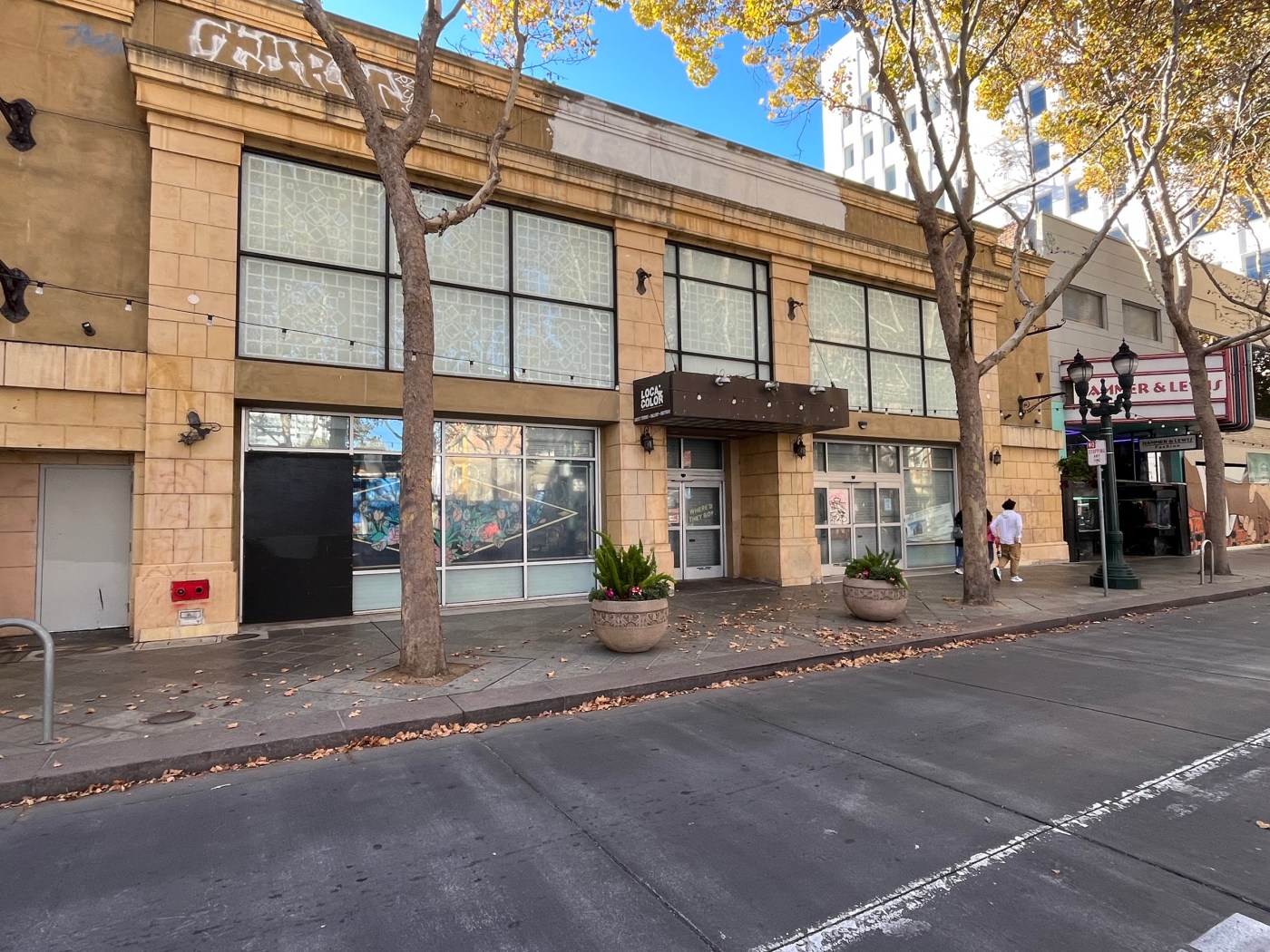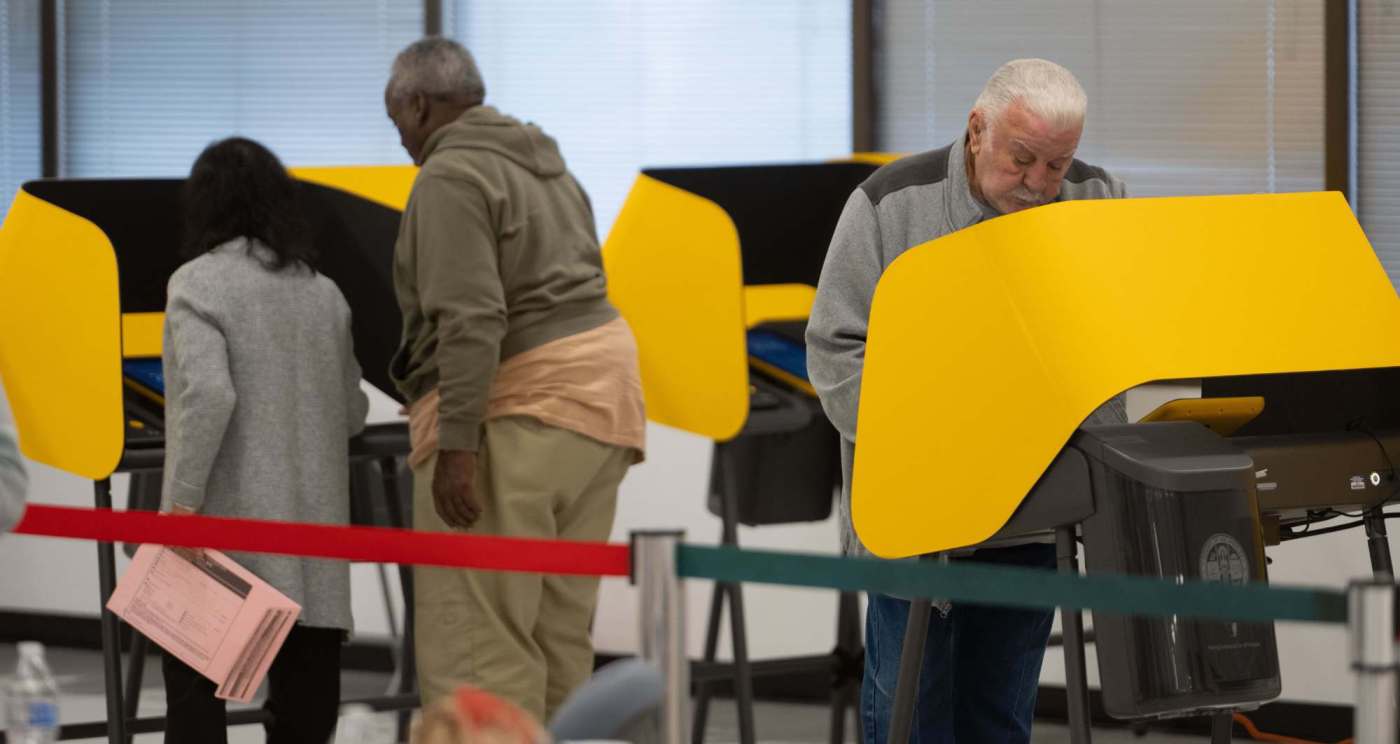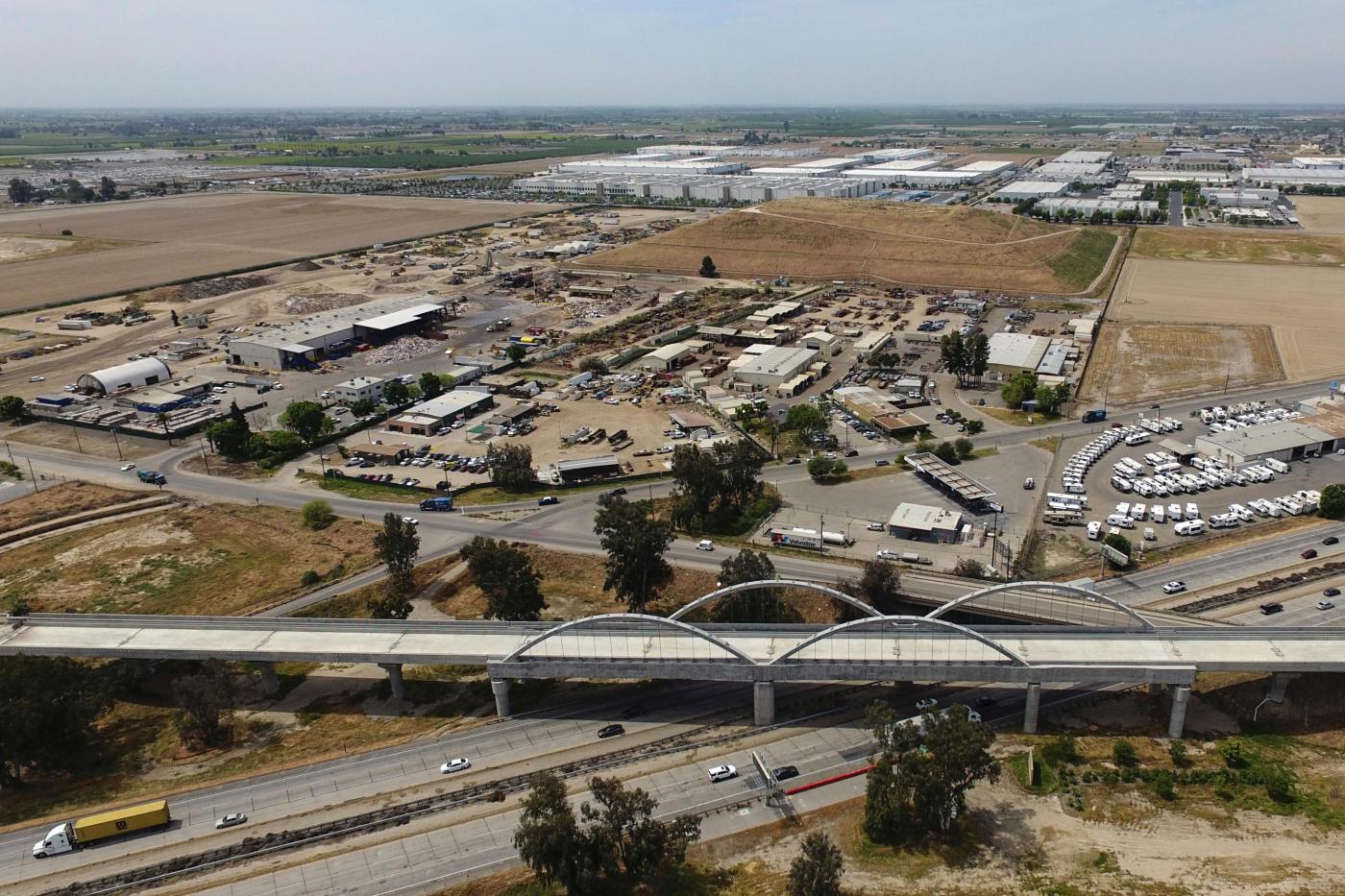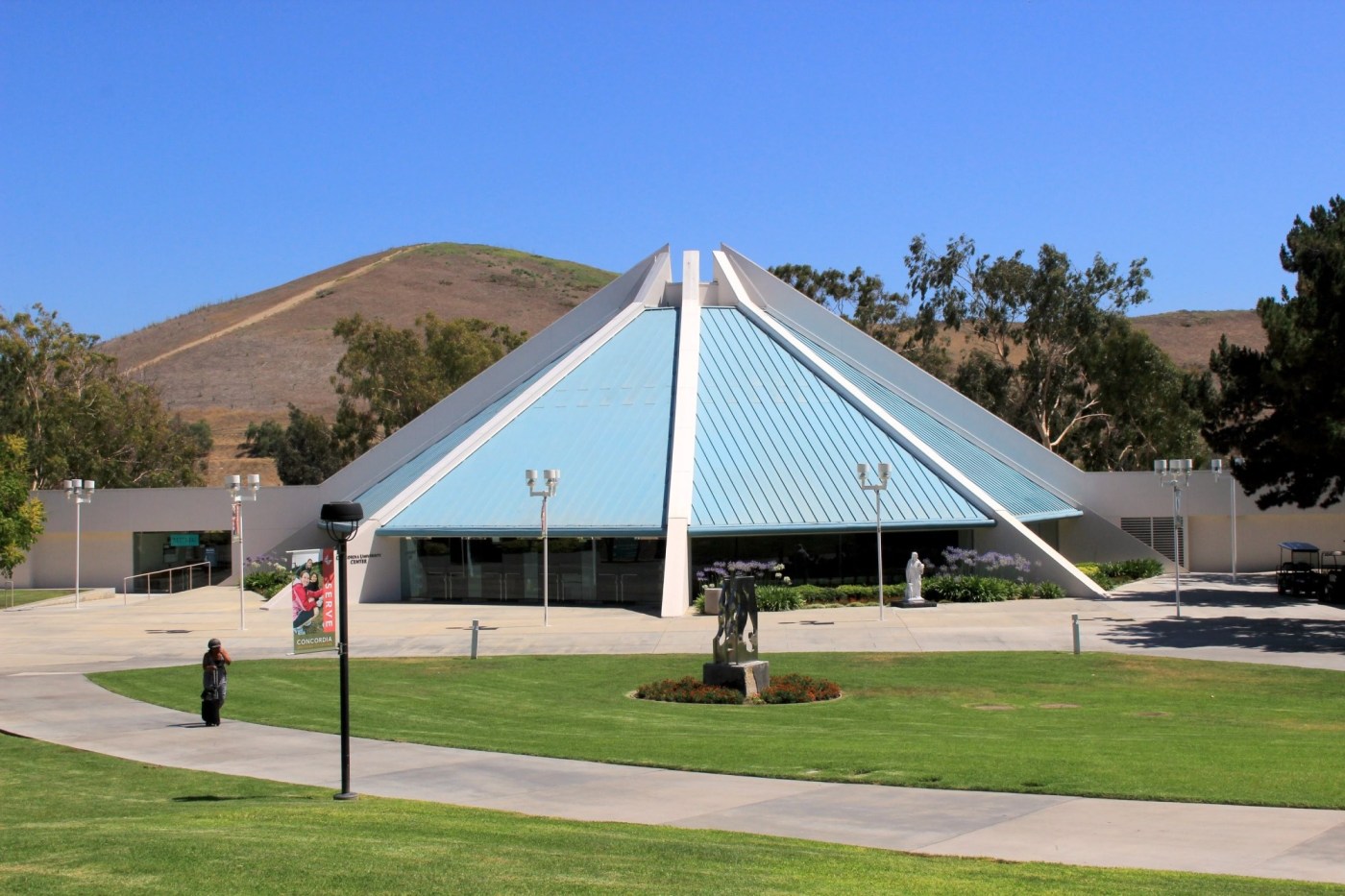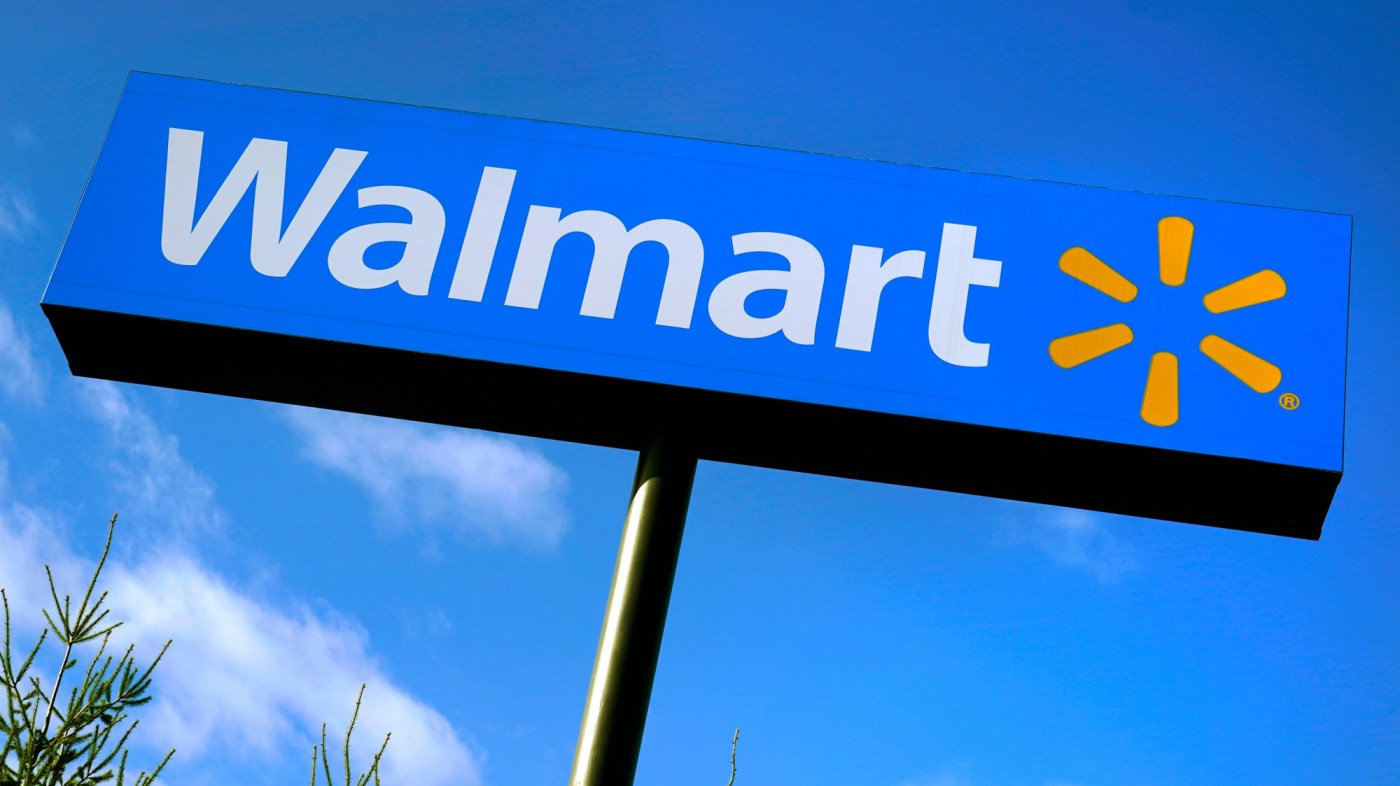Readers may remember from last week’s column that Berkeley’s business and civic leadership was all agog a century ago at the idea of an airport on the Berkeley waterfront, and the military had been invited to examine the site.
U.S. Army and Navy representatives inspected Berkeley’s sanitary landfill on Oct. 28, 1925, and said that it had “very good possibilities” for an airport landing field. Also along on the site visit, Berkeley city’s manager “intimated that he might urge that the city purchase four more acres, which will allow for a four-way landing field.”
One of the military officers said “we of the air service believe that any progressive city must make provision for a landing field, for in the future the field is going to be almost as important to the city as the railroad station.”
Etchings: The Oct. 28, 1925, Berkeley Daily Gazette announced an “exhibit of etchings by Gene Kloss, known in the East Bay cities where she has always lived as Alice Glazier” at the Gumps department store in San Francisco the next month.
“There will be about 40 etchings in the exhibit, the subjects being around the bay district and in New Mexico.”
Kloss (her married name) had graduated from UC Berkeley in 1924 and was becoming known as a talented etcher. Her first etchings included Berkeley and Bay Area scenes. Then with her husband, Phillips (sic) Kloss, she became inspired by the landscapes of the American Southwest. She was just starting out In 1925 but is famed today for her etchings not only of landscapes but of the lives and ceremonies of Southwestern native peoples.
Stadium seats: California Memorial Stadium was barely two years old in fall 1925, but the Associated Students group at Cal — which ran intercollegiate athletic programs in that era — was already starting to talk about adding seats. Though both institutions had huge new stadiums, applications for 1925 Big Game tickets against Stanford exceeded supply by 29,000.
Architects thought adding an extra 8,000 to 10,000 bleacher seats could be possible on the east rim of California Memorial Stadium while still keeping those spectators within decent viewing distance of the field. That some felt the Big Game would always have excess ticket applications and that building an expansion would not be wise was noted, though.
Halloween: South Berkeley was planning a big Halloween celebration for Oct. 31, 1925. The organizers promised costume prizes for children and adults if they participated in the parade. Live music by an eight-piece band was to accompany dancing in the street from 8:30 to 11:30 p.m.
Homeless children: A temporary home for “little children from broken homes, dependents from any cause and others who for any reason are homeless and need sheltering and protecting care” was being planned in West Berkeley, adjacent to the existing Berkeley Health Center at Sixth Street and University Avenue.
The Berkeley Elks were putting forward much of the money to build the new facility, which would have 12 rooms, including an isolation ward for children with communicable diseases.
Theater plan: Two Berkeley theaters were part of a major combination of movie houses in the United States, the Gazette reported Oct. 28, 1925.
“The new Atkins Theater on Bancroft Way west of Telegraph and the Varsity Theater on San Pablo Avenue are included in a $100,000 California theater merger.”
The Atkins was then under construction. The building remains, but is now a commercial and office structure. The announcement also noted “the combine would erect a new, large and modern theater on San Pablo Avenue south of Hearst Avenue.”
Bay Area native and Berkeley community historian Steven Finacom holds this column’s copyright.
